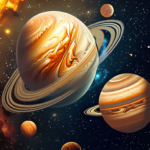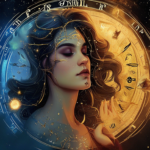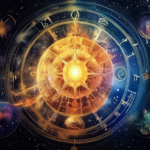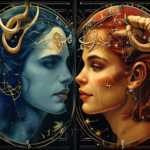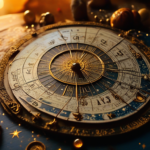Astrology In Ancient Cultures: A Historical Overview
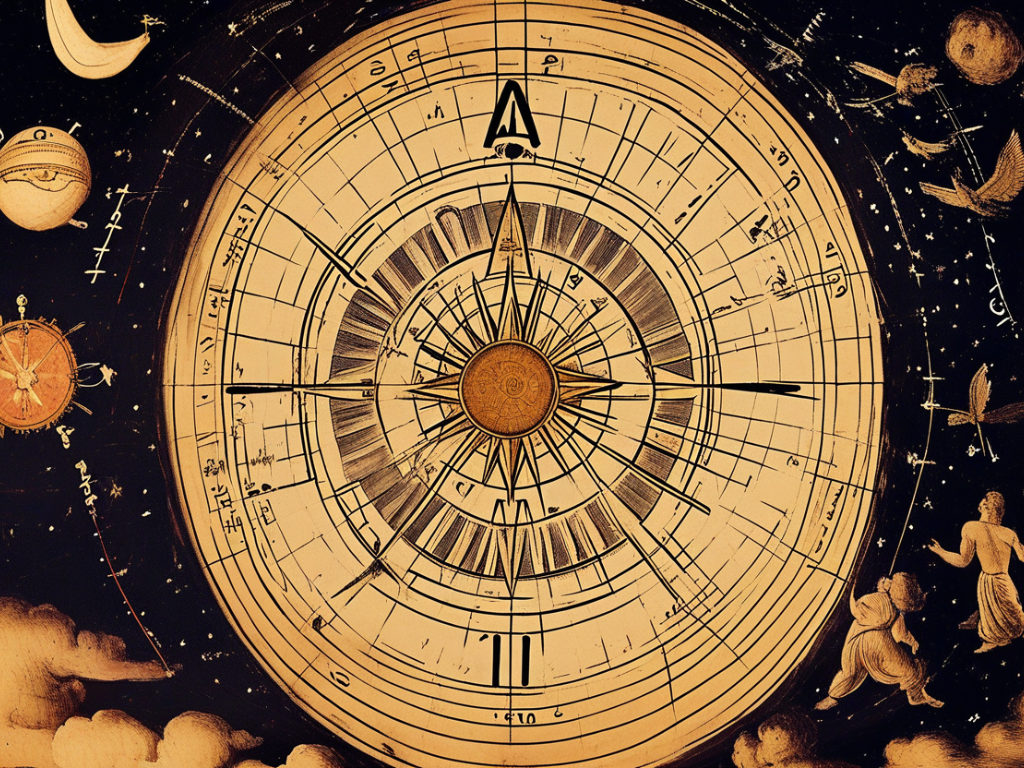
Have you ever gazed up at the stars on a quiet night, marveling at the infinite expanse of the cosmos? As humans, we have been doing just that since the dawn of time. We have stood in the firelight, eyes on the glittering starscape above us, using the celestial sphere as a grand canvas for our ancestral narratives and mythologies. Our fascination with the cosmos eventually blossomed into something more profound, into a belief system known as astrology, which posits that our personal destinies are intertwined with the movements of celestial bodies. From the ancient Egyptians and Mayans to the Greeks and Chinese, civilizations from every corner of the world have looked towards the heavens for guidance.
In the sandy corridors of Ancient Egypt, the scribes and priests would chart the movement of the sun, the moon, and the planets across the sky. These noble practitioners saw the celestial bodies as divine entities, each with different characteristics and influence. For example, the sun god Ra was revered as a powerful figure that brought light into the world, while the moon was seen as the domain of Thoth, the god of knowledge and wisdom. Astrology wasn’t practiced in isolation here, but part of a larger system that closely intertwined religion, agriculture, and politics.
Moving further east, on the fertile Mesopotamian plain, the Babylonians constitute one of the cradles of astrology. Their complex system, conceived around 2nd millennium BC, is the origin of the Zodiac that is widely used today. They were the first to identify and name constellations, and their exploits in astrology laid the groundwork for the Greeks, who further refined and enhanced the system. The Greeks-made astrology an integral part of their way of life, understanding themselves and the world around them through the lens of cosmic influences.
In the heartland of India, the ancient practice of astrology, known as ‘Jyotish’ or ‘light of the heavens’, has remained a significant spiritual and daily life guide even until today. The Vedic sages saw the planets as representations of the gods, each guiding a specific aspect of human life. Astrology was inseparable from the concepts of Karma and Dharma and used to guide individuals towards their path of righteousness.
The mysterious Mayans, architects of the dense Central American jungles, were another civilization intimately connected with astrology. Mayan astrology, intricately tied to their calendar systems, was deeply spiritual. The Mayans saw the universe as a living canvas, and every celestial movement was a divine message to be interpreted.
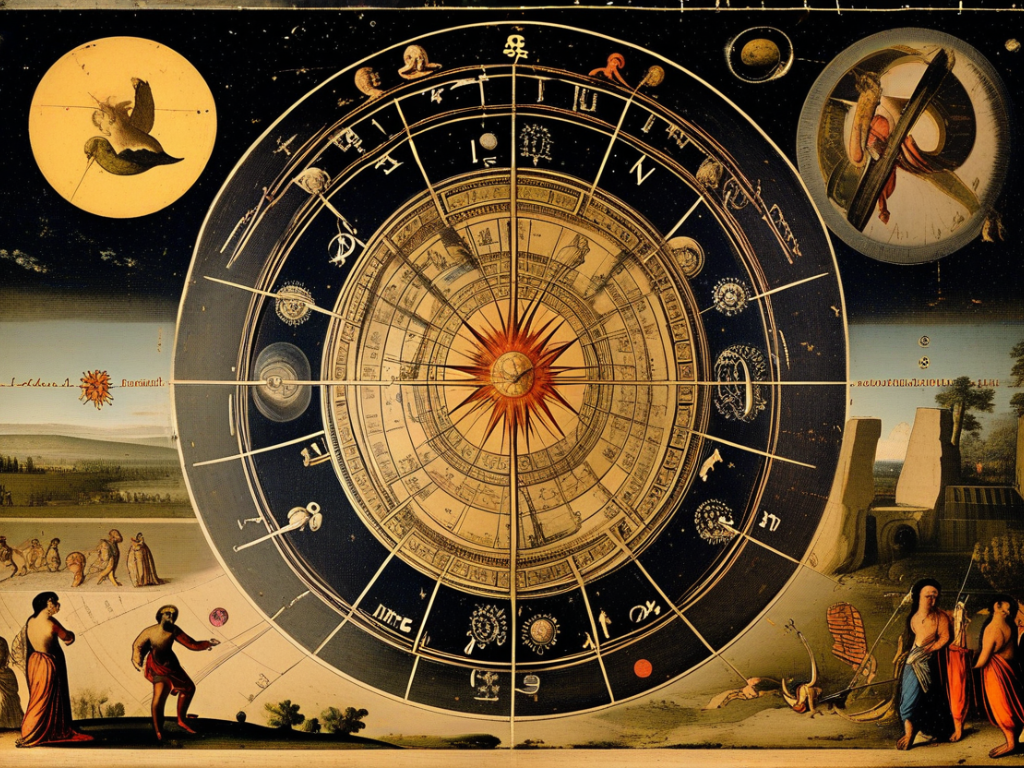
In the vast Middle Kingdom of China, astrology was also held in reverence. The Chinese astrological system used a complex cycle of Earth, Water, Fire, Wood, and Metal, applied to a 12-year cycle of animals, known today as the Chinese Zodiac. The Chinese saw these cycles in all aspects of life – the changing seasons, the rise and fall of dynasties, and even the rhythms of the human body.
One primary thread weaves through all these ancient civilizations – an unshakeable belief that the cosmos guides our destinies. Even today, millions across the globe not only hold onto that belief but have sought solace and guidance in those starry expanses above us.
Looking back, we can see that these ancient civilizations share a universal awareness – that we are but small players in a grand cosmic design. By studying and interpreting the movements of celestial bodies, they believed they could navigate their lives better, gather fruitful harvests, make essential decisions, and understand their purpose in life.
From this historical storyline, it is evident that despite cultural differences and geographical disparities, astrology has served as a profound spiritual compass. It is humbling to consider that our advanced technological world shares a common thread with these ancient civilizations – a desire to understand our place in the universe and to make sense of the movements of the stars lined up like shimmering fragments of eternity. It shows us that we have always looked to something more significant, more profound, beyond our immediate existence. Perhaps, in the grand scheme of the cosmos, we always will.
As we delve deeper into our spiritual journey, let the knowledge of these ancient cultures remind us that astrology is not merely a tool for prediction but a method of connecting with the universe and ourselves. Much like a celestial map, it illuminates the routes for our personal exploration and offers a lens through which we can perceive our realities.
And so, when you next look up at the night sky, remember the wise priests of Egypt, the meticulous Babylonians, the insightful Greek philosophers, the intuitive Indian sages, the spiritual Mayans, and the holistic Chinese astronomers. They saw in the stars what we continue to seek. They are our spiritual ancestors, who first charted the celestial pathways guiding us on our ongoing journey between the cosmos and within ourselves.
